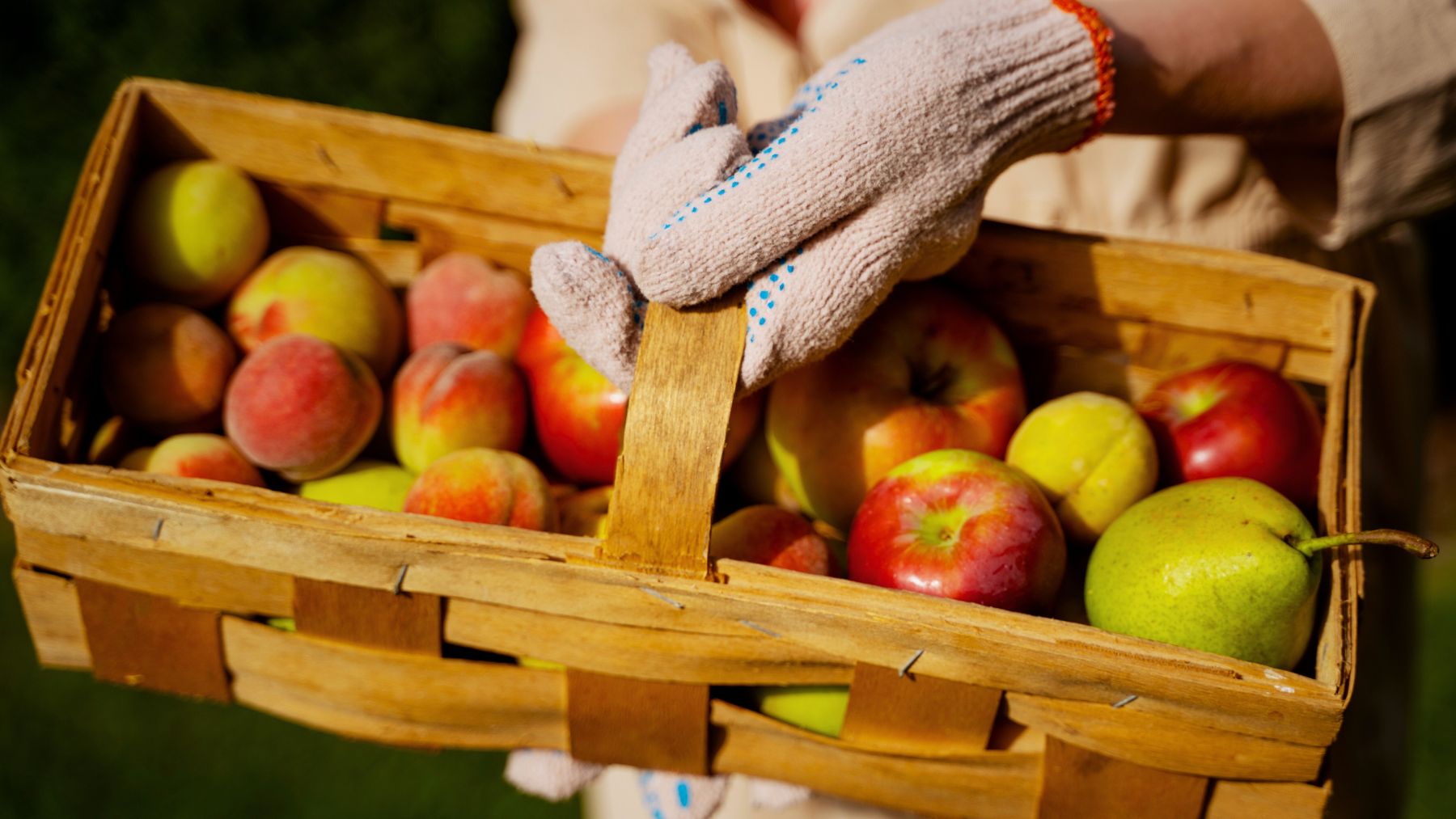Grapes are a widely enjoyed snack and a common kitchen staple, but they can contain an often-overlooked risk: a substantial pesticide residue load. Many consumers remain unaware that this sweet fruit occupies a concerning rank on essential food safety assessments developed by agencies such as the FDA and EPA.
Here, we’ll examine why conventional grapes consistently register high levels of pesticide contamination in the US. We’ll review testing reports from organizations such as the USDA and the Environmental Working Group (EWG), identify the range of chemicals detected, and explain why opting for organic grapes is a more prudent choice. We also explore other fruits and vegetables with strong chemical exposure.
Grapes carry a high pesticide load in the US
Conventional grapes are one of the most contaminated fruits when it comes to pesticide residues. According to the EWG’s 2024 “Dirty Dozen” list, non-organic grapes secure the number four position, with tests consistently revealing high levels and a diverse variety of pesticide residues on produce marketed in the US.
USDA testing has uncovered residues from 42 distinct pesticides on grape samples. This complex chemical mixture includes 8 compounds linked to cancer, 17 suspected hormone disruptors, and 10 neurotoxins. Alarmingly, 19 of the detected pesticides are toxic to honeybees, the vital pollinators that environmental agencies and researchers continually advocate protecting.
The situation worsens with raisins; nearly 100% of non-organic raisin samples exhibited residues from two or more pesticide agents. The concern extends beyond fresh fruit, as non-organic wines and vinegars often retain pesticide residues because standard fermentation and winemaking processes don’t eliminate the residues.
These chemicals persist even after washing and routine food preparation. Opting for organic grapes dramatically reduces exposure to these harmful substances, with Consumer Reports rating both domestic and imported organic varieties as a “very low risk” option.
Other fruits and vegetables high in pesticides
Grapes are not the only produce burdened with pesticide residues. Many commonly consumed fruits and vegetables also exhibit significant chemical loads. Here are the top ones:
- Strawberries: Leading the list, 99% of non-organic samples revealed detectable pesticide residues, averaging nearly 8 distinct chemicals per sample. Several of these compounds are associated with cancer and have been banned in various European countries.
- Spinach: Showing the highest pesticide residues by weight, spinach samples commonly contained permethrin, a neurotoxin banned in Europe, and astonishingly, DDT—the long-outlawed synthetic chemical—was detected in 40% of specimens.
- Kale, collards, and mustard greens: These nutrient-rich leafy greens exhibited residues from 103 different pesticides, with nearly 60% of non-organic kale samples testing positive for DCPA (Dacthal), a possible carcinogen prohibited in Europe.
- Peaches: Peaches consistently demonstrated high levels of pesticide contamination, with residues from 59 chemicals. Fungicides were frequently identified, while the presence of neonicotinoid insecticides was particularly concerning.
- Pears: Pesticide residues in pears were markedly elevated. Over 60% of samples contained pyrimethanil, a potential carcinogen, and 95% tested positive for one or more pesticide agents, including neonicotinoids known to adversely affect bee populations.
Environmental health experts, regulatory agencies, and consumer advocacy groups agree that choosing organic for these items, especially the “Dirty Dozen” such as grapes, strawberries, spinach, and leafy greens, is a better option for your health, especially for children and pregnant women.
